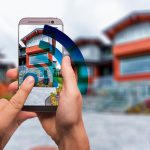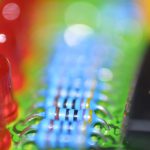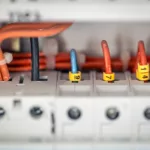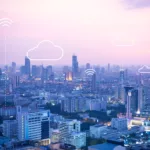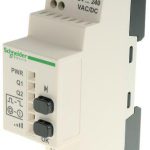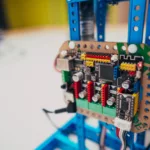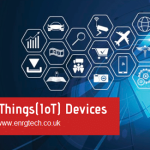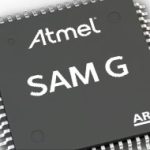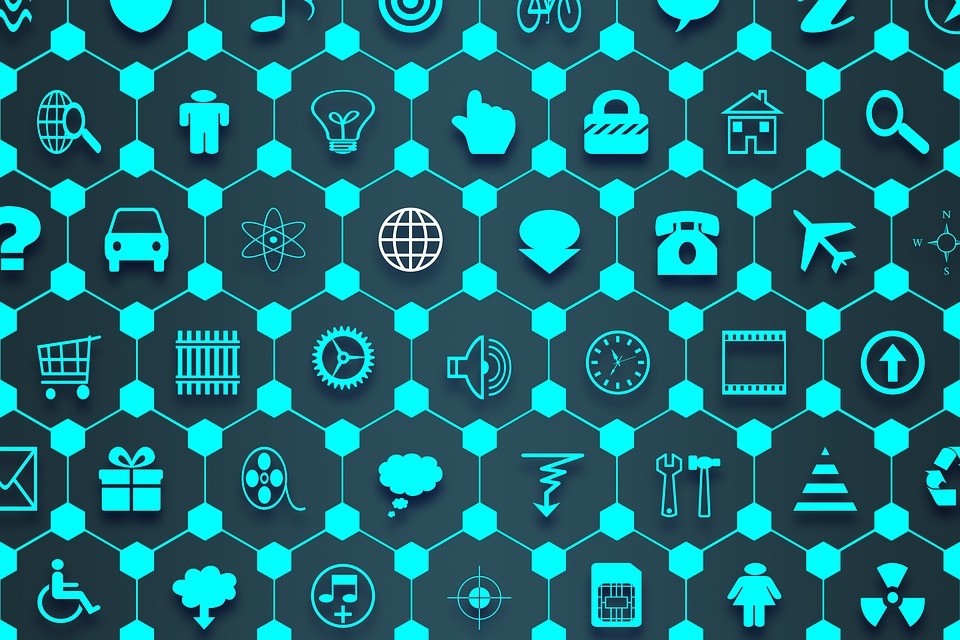
The Internet of Things (IoT)
IoT is the network of interconnected computer embedded devices like smartphones, home appliance, and automotive among others. IoT is revolutionizing various industries from engineering to agriculture. It allows the integration of technology in a new and innovative manner.
IoT and transport
Digitization of transport and infrastructure systems is one of the most effective ways of making cities smarter, safer and sustainable. IoT comes in handy in reducing congestion of vehicles, optimizing public transit routes while enhancing safety and enabling rapid emergency response where necessary. IoT is able to achieve this through;
Data collection
IoT is coming in handy in the collection of data with regards to transport infrastructure and vehicles. This data is then used innovatively to leverage the creation of revenue and improve the quality of life for citizens. The data collected is used in the following ways;
Manage parking spaces
IoT offers an easy and convenient way of managing parking spaces. A good example is the Washington DC District Department of Transportation’s project. They are using an IoT based monitoring system to alert drivers of any available parking spaces and then charging parking rated in real time. As such, the management of parking spaces within the city becomes easy and efficient.
Safety
IoT can be used to monitor bridges and other forms of transport infrastructure. Sensors could be used to open and close bridges automatically depending on the presence of boats, cars or pedestrians. Bridge sensors can be used to gather information which could be used to alert drivers of icy surface amongst other hazards hence improving road safety. IoT can also be used to monitor the status of the bridge and alert officials when the bridge is due for maintenance.
Mobility-as-a-service (MaaS)
This is already being witnessed in Uber and Lyft. Ride-sharing is increasingly becoming preferred as a convenient mode of transport. This is expected to spread to bike share and to other mass transit systems as well
Improvement of airport travel
IoT is offering ways to make airports more accessible and efficient for more customers. A very good example is Miami International Airport. It is one of the busiest airports in the US. To help customers find their way around the Airport, they came up with an app called the MIA Airport Official. The app can be downloaded on Android and iOS smartphones. The app offers customers information to passengers about the location of baggage claim areas, restaurants, among other places. This results in better management and improved efficiency for both customer and staff.
Improve public transport systems
IoT can be used to provide public transport users with information in two scales; micro and macro. The macro offer information on which bus is headed to which destination while micro enables users to know which station the bus should be taken next. This information can be relayed via text or app which can be downloaded by passengers. There is no practical example of this just but it sure is a viable way IoT can transform transport systems.







